Assembling stuffed toys at Sigma conference a satisfying, bonding experience.
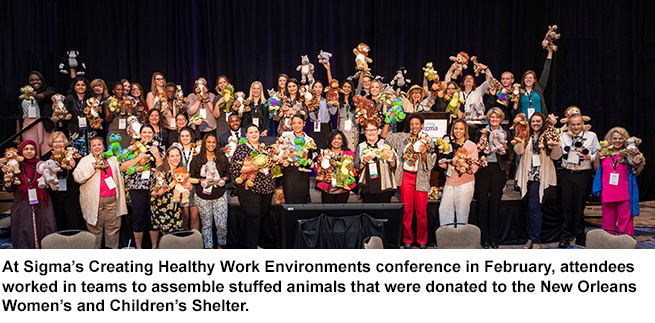
Team-building activities tame the “jungle” of chaotic practice settings and improve nurse-to-nurse relationships.
 Nurses in all areas of practice face daily challenges in today’s fast-paced, high-tech healthcare settings. Our healthcare system can be a real jungle—complex and difficult to navigate. Merriam-Webster defines a jungle as “a place of ruthless struggle for survival,” and many nurses feel that definition aptly describes their practice setting.
Nurses in all areas of practice face daily challenges in today’s fast-paced, high-tech healthcare settings. Our healthcare system can be a real jungle—complex and difficult to navigate. Merriam-Webster defines a jungle as “a place of ruthless struggle for survival,” and many nurses feel that definition aptly describes their practice setting.
Because of this chaotic environment, nurses and healthcare organizations are continually looking for ways to improve the workplace. One way to successfully pull nurses together and increase satisfaction, as well as encourage team building and collaboration, is through retreats. Team-building retreats provide an atmosphere with activities that create, nourish, and nurture positive morale.
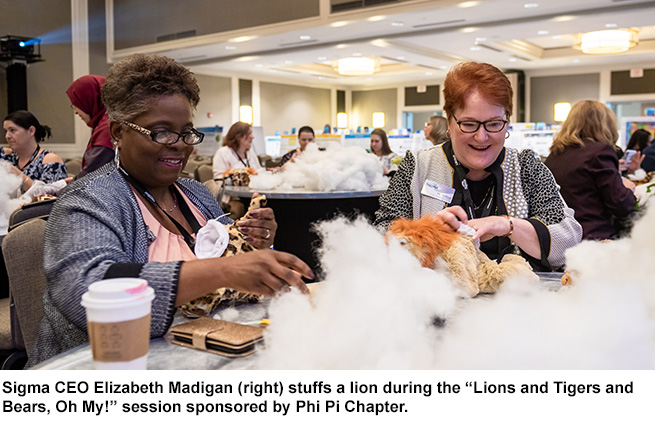
However, retreats are expensive, and planning and scheduling are difficult because of shift work and patient care obligations. Many units, therefore, resort to the old tried-and-true “potluck” meals for team building and collaboration—but, let’s face it, there is an obesity epidemic, and one can handle only so much fried chicken, casserole, and cake.
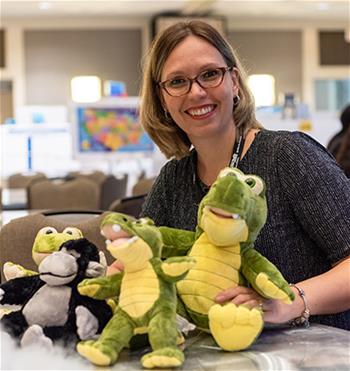 A 2013 study by Linda Moore and colleagues found that of all relationships in healthcare, nurse-to-nurse relationships are the most significant factor in determining the health of a work setting. Relationships between nurses affect patients, healthcare organizations, and the entire nursing profession. It is vital to find appropriate interventions for nurses to learn how to relate to each other in positive, healthy ways. In addition, it is important to find innovative, yet fun, ways to successfully involve nurses in team-building and collaborative interventions that cause minimal disruption to the work environment.
A 2013 study by Linda Moore and colleagues found that of all relationships in healthcare, nurse-to-nurse relationships are the most significant factor in determining the health of a work setting. Relationships between nurses affect patients, healthcare organizations, and the entire nursing profession. It is vital to find appropriate interventions for nurses to learn how to relate to each other in positive, healthy ways. In addition, it is important to find innovative, yet fun, ways to successfully involve nurses in team-building and collaborative interventions that cause minimal disruption to the work environment.
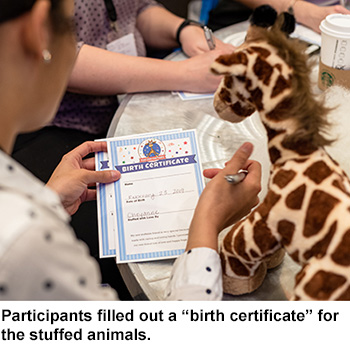 Nurses are caring, giving people, so short volunteer projects make sense as healthy interventions. Nurses can take a break from the high-stress unit activities and work together on something that they find meaningful and are passionate about—and that also makes a difference for others. This is where Stuffed Animals for Emergencies (SAFE) comes in. A nonprofit organization run entirely by volunteers, SAFE provides stuffed animals for children in traumatic or emotional situations. These new plush animals, made with love, are donated to police and fire departments, children’s hospitals, and shelters.
Nurses are caring, giving people, so short volunteer projects make sense as healthy interventions. Nurses can take a break from the high-stress unit activities and work together on something that they find meaningful and are passionate about—and that also makes a difference for others. This is where Stuffed Animals for Emergencies (SAFE) comes in. A nonprofit organization run entirely by volunteers, SAFE provides stuffed animals for children in traumatic or emotional situations. These new plush animals, made with love, are donated to police and fire departments, children’s hospitals, and shelters.
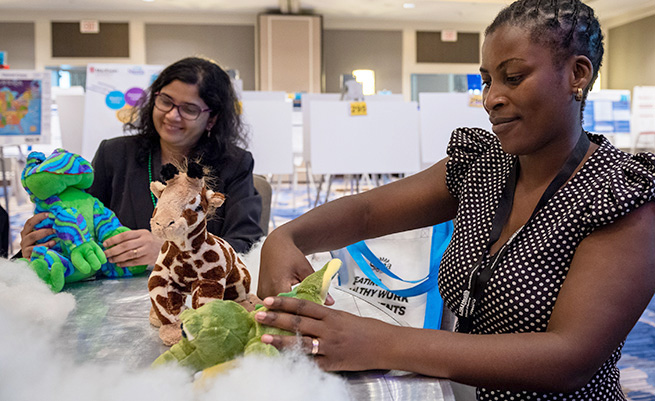
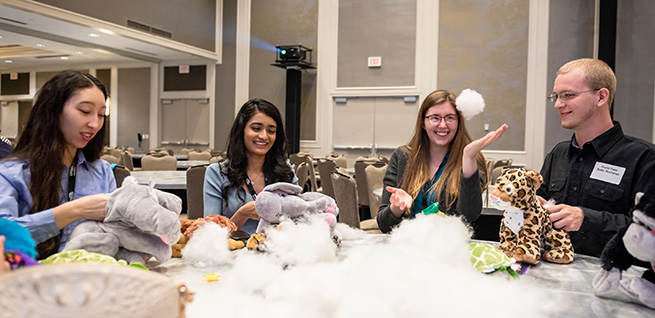
At the Creating Healthy Work Environments conference, 22-24 February in New Orleans, Louisiana, USA, Sigma’s Phi Pi Chapter sponsored “Lions and Tigers and Bears, Oh My!,” a session where attendees worked in teams to assemble stuffed animals and complete their “birth certificates.” Participants even put love and good thoughts into little plush “hearts” before inserting them into the stuffed toys.
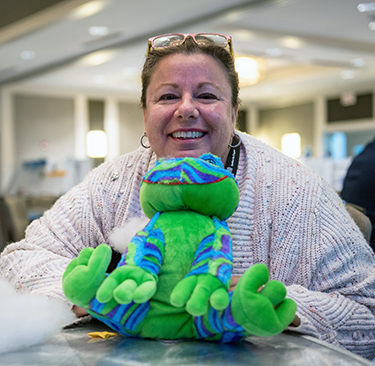 The interactive session was a productive, bonding experience for the nurses, who voiced personal and professional satisfaction and said the project fulfilled their innate caring response. While stuffing these precious, plush jungle creatures, the nurses had fun—laughing, taking pictures, and making friends. This project successfully ”tamed the wild beast” in all who attended the 45-minute session, and the 150 new plush animals were donated to the New Orleans Women’s and Children’s Shelter.
The interactive session was a productive, bonding experience for the nurses, who voiced personal and professional satisfaction and said the project fulfilled their innate caring response. While stuffing these precious, plush jungle creatures, the nurses had fun—laughing, taking pictures, and making friends. This project successfully ”tamed the wild beast” in all who attended the 45-minute session, and the 150 new plush animals were donated to the New Orleans Women’s and Children’s Shelter.
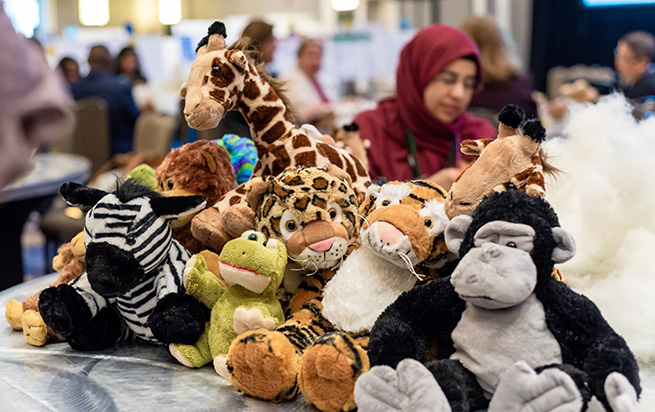
Short service projects that bring nurses together to help others and nourish and nurture positive relationships are key to establishing a healthy workplace. As Linda Moore and colleagues concluded, “Only when positive nurse-to-nurse relationships are established can healthy work environments be created and sustained for nurses in the future.” RNL
LeAnne Prenovost, DNP, MBA, RN, CNE, is a visiting professor at Chamberlain College of Nursing and president of Phi Pi Chapter, the largest Sigma Theta Tau International Honor Society of Nursing (Sigma) chapter, with nearly 5,000 active members. Her PowerPoint presentation from the Creating Healthy Work Environments conference is available in Sigma’s Henderson Repository.